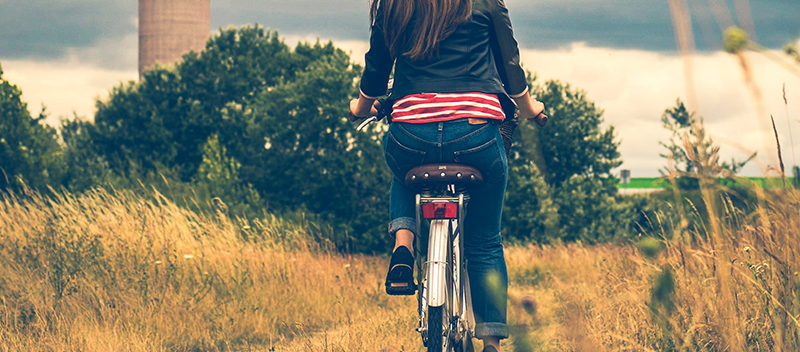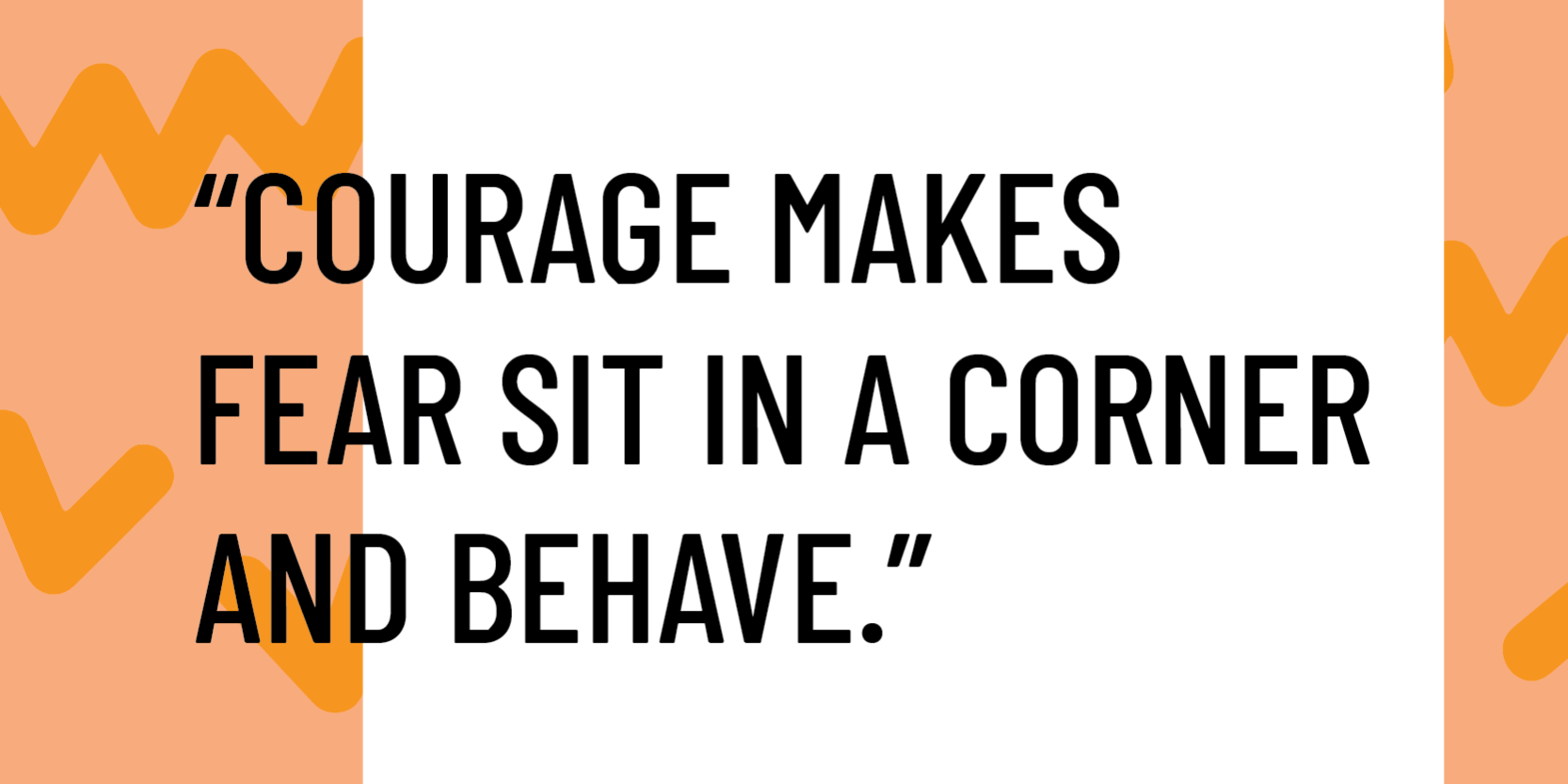Is being courageous the same as being fearless? It’s a question I’m asked often, most recently by a 16-year-old attendee at the Guide, Inc youth conference where I spoke. In short, the answer is no.
Here’s the longer answer.
Both qualities support growth and adventure and help girls show up in the world with the confidence and passion. But, mixing up the two would be like confusing Beyoncé and Rihanna. They’re similar, but different. The confusion between the two happens when people reduce their meanings down to: don’t let fear stop you. Whether fear is dormant or active, though, makes all the difference between these two concepts.

Being Fearless
Being fearless literally translates to being without fear. Because fear is a natural, biological response, it’s impossible to cancel the emotion permanently. It is possible, however, to put fear to sleep.
The best way to achieve fearlessness is to successfully do something over and over again. Riding a bike down the same road with the same conditions every morning helps a biker anticipate every curve, decline and bump. The biker becomes familiar with the road … and fear becomes uninterested in the activity. Repetition builds competence and confidence, two internal resources that can rock fear into complacency, then put it to bed.
But, if an unexpected element is added to the action – if the weather becomes hazardous or angry dogs chase the biker – fear rouses in a panic, shutting down the previous fearless state.
There’s another road to becoming fearless, but it’s far more dangerous to travel
Fear can be tricked into a slumber when a girl underestimates a risk and overestimates her abilities. This translates to her acting rashly, or without careful consideration of potential consequences. Carefreely riding a bike down an unfamiliar road with hidden dips and abrupt turns can create problems for the inexperienced biker that she should have anticipated. In this case, fear is unconscious for the action when it should, in fact, #staywoke.
Being Courageous
The path to fearlessness often goes through courage. Being courageous means choosing to face fear or a threat for a worthy purpose. The presence of fear, not the absence of it, is part of the courage equation. Fear is awake, alert and active, which means any attempt to lull fear to sleep is pointless. The goal, then, to is put fear in its place and make it behave.
A biker who wishes to pedal down an unfamiliar street in a shady neighborhood at night in the rain has a good chance of putting fear in its place if she’s identified a worthy cause for the action. Is she doing it to win a five dollar bet or to make it to an important audition? Consideration of her skills and resources to navigate the conditions are also important to managing fear. Did she recently learn how to ride a bike? Has she ridden in rain before? Does she have good balance? Does she have a light on her bike? Does she have enough stamina to make it up the hill? Does she have a cell phone in case she need to call for help?
Facing fear without being armed with convincing information about abilities, confidence and purpose makes for an intimidating confrontation – one in which fear goes unchecked and refuses to fall back.
Being courageous requires having and trusting strong internal resources in order to control and quiet fear.
The Takeaway
Being fearless and being courageous are qualities that prevent fear from derailing forward motion. What makes the concepts different, though, is whether fear is present for the action. Fearlessness makes fear disappear while courage makes fear sit in a corner and behave.







